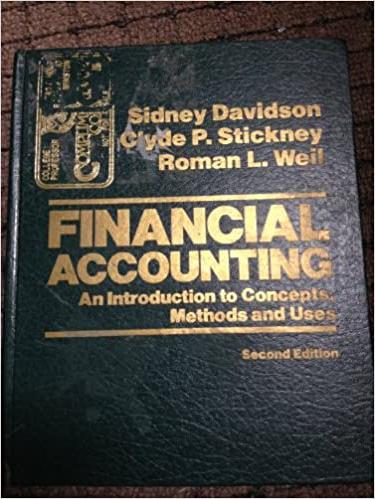If a company borrows ($ 1,000,000) by issuing, at par, 20 -year, 8 -percent bonds with semiannual
Question:
If a company borrows \(\$ 1,000,000\) by issuing, at par, 20 -year, 8 -percent bonds with semiannual coupons, the total interest expense over the life of the issue is \(\$ 1,600,000(=20\) \(\times .08 \times \$ 1,000,000\) ). If a company undertakes a 20 -year financing lease or mortgage with an implicit borrowing rate of 8 percent, the annual lease payments are \(\$ 1,000.000 / 9.81815\) \(=\$ 101,852\). (See Table 4 at the end of the book, 20 -period row, 8 -percent column.) The total lease payments are \(\$ 2,037,040(=20 \times \$ 101,852)\), and the total interest expense over the life of the lease or mortgage is \(\$ 1,037,040(=\$ 2,037,040-\$ 1,000,000)\). Why are the amounts of interest expense different for these two means of borrowing for the same length of time at identical interest rates?
Step by Step Answer:

Financial Accounting An Introduction To Concepts Methods And Uses
ISBN: 9780030452963
2nd Edition
Authors: Sidney Davidson, Roman L. Weil, Clyde P. Stickney





